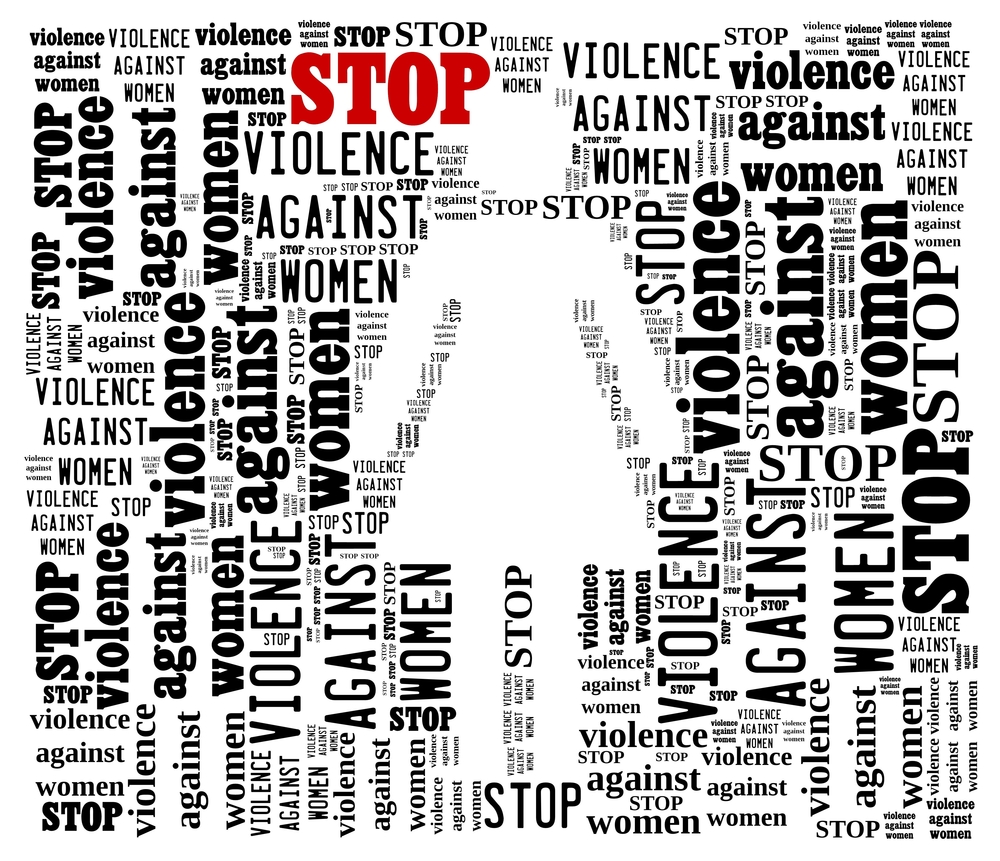By Kay S. Hymowitz, a senior fellow at the Manhattan Institute and a contributing editor at City Journal, is the author of “Marriage and Caste in America: Separate and Unequal Families in a Post-Marital Age.”
The last few weeks have brought an unusual convergence of voices from both the center and the left about a topic that is typically part of conservative rhetorical territory: poverty and single-parent families. Just as some conservatives have started talking seriously about rising inequality and stagnant incomes, some liberals have finally begun to admit that our stubbornly high rates of poverty and social and economic immobility are closely entwined with the rise of single motherhood.
But that’s where agreement ends. Consistent with its belief in self-sufficiency, the right wants to see more married-couple families. For the left, widespread single motherhood is a fact of modern life that has to be met with vigorously expanded government support. Liberals point out, correctly, that poverty rates for single-parent households are lower in most other advanced economies, where the welfare state is more generous.
That argument ignores a troubling truth: Single-parent families are not the same in the United States as elsewhere. Simply put, unmarried parents here are more likely to enter into parenthood in ways guaranteed to create turmoil in their children’s lives. The typical American single mother is younger than her counterpart in other developed nations. She is also more likely to live in a community where single motherhood is the norm rather than an alternative life choice.
The sociologist Kathryn Edinhasshown that unlike their more educated peers, these younger, low-income women tend to stop using contraception several weeks or months after starting a sexual relationship. The pregnancy — not lasting affection and mutual decision-making — that often follows is the impetus for announcing that they are a couple. Unsurprisingly, by the time the thrill of sleepless nights and colicky days has worn off, two relative strangers who have drifted into becoming parents together notice they’re just not that into each other. Hence, the high breakup rates among low-income couples: Only a third of unmarried parents are still together by the time their children reach age 5.
Also complicating low-income single parenthood in America is what the experts call “multipartner fertility.”Both divorced and never-married Americans are more likely to repartner and start “second families” than Europeans, but the trend is far more common among unmarried parents. According to data from the Fragile Families and Child Wellbeing Study at Princeton and Columbia Universities, over 60 percent of low-income babies will have at least one half sibling when they are born; by the time they are 5, the proportion will have climbed to over 70 percent.
All of this would be of merely passing interest if it weren’t for the evidence that this kind of domestic churn is really bad news for kids. The more “transitions” experienced by a child — the arrival of a stepparent, a parental boyfriend or girlfriend, or a step- or half sibling — the more children are likely to have either emotional or academic problems, or both. (My own researchindicates that boys, especially, suffer from these transitions.)
Part of the problem is that a nonresident father tends to fade out of his children’s lives if there’s a new man in his ex’s house or if he has children with a new partner. For logistical, emotional and financial reasons, his loyalty to his previous children slackens once he has a child with a new girlfriend or wife. Nor is it likely, from the overlooked child’s point of view, that a mother’s new boyfriend or husband can fill the gap. There’s substantial research showing that stepfathers are sometimes worse than none at all.
These realities help explain the meagerresults of government marriage promotion programs. It doesn’t make much sense to encourage, much less pressure, a couple with no shared history, interests or deep affection to marry. At any rate, given the prevalence of multipartner fertility it’s not clear, as one scholar asked in a paper, “who should marry whom.”
But those same realities raise serious doubts about the accept-and-prop-up response to single-parent families. Increasing government largess could actually incentivize, or at least enable, parental choices that everyone admits are damaging to kids. The United States aside, scholars have found a connection between the size of a welfare state and rates of both nonmarital births and divorce. Even if you believe that enlarging the infrastructure of support for single-parent families shows compassion for today’s children, it’s not at all obvious that it shows much concern for tomorrow’s.
Most surprising, given the likely feminist sympathies of liberal advocates for single mothers, is their fatalism toward men. While it’s a safe bet that most in this camp wouldn’t hesitate to scold married “bastards on the couch” for not pulling their weight at home, they seem more than willing to write off unmarried fathers. Not only does this merely accept the personal loss suffered by millions of children living without their fathers; it also virtually guarantees a permanent gender gap — single mothers are inevitably competing in the labor market with one hand tied behind their backs — and entrenched inequality.
So where does that leave us, policy-wise?
Read the rest HERE



